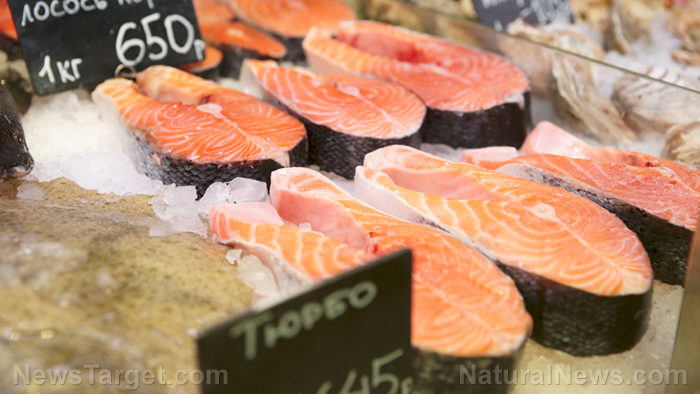How environmental pollution increases human exposure to marine biotoxins
09/05/2018 / By Ralph Flores

Much is needed to address the threat of human exposure to marine biotoxins. An article in Global Food Security compiles current scientific literature on the matter, especially the risk posed by seafood consumption.
- The authors have recorded thousands of poisonings caused by marine biotoxins between 2001-2015. However, these are still underreported.
- These biotoxins are usually caused by phytoplankton. In particular, the presence of increased levels of algae that produce these toxins – referred to as harmful algal blooms (HABs) – is a worldwide occurrence.
- The most prevalent cases of poisoning include ciguatera and diarrhetic shellfish poisoning.
- In particular, these events are caused by the presence of certain environmental conditions, such as temperature, salinity, and nutrient input.
- Marine biotoxins can be found in seafood products.
- In their review, the authors investigate reports of human intoxication after being exposed to marine biotoxins through seafood consumption.
- The paper also talked about how to prevent outbreaks, as well as surveillance programs to limit the effects of HABs on consumers.
The authors concluded that marine biotoxins are a threat to human health, and additional bioassays could have an important role in monitoring biotoxins.
Learn more about how pollution affects the food supply chain at Pollution.news.
Journal Reference:
Nicolas J, Hoogenboom RL, Hendriksen PJ, Bodero M, Bovee TF, Rietjens IM, Gerssen A. MARINE BIOTOXINS AND ASSOCIATED OUTBREAKS FOLLOWING SEAFOOD CONSUMPTION: PREVENTION AND SURVEILLANCE IN THE 21ST CENTURY. Global Food Security. 2017;15:11–21. DOI: 10.1016/j.gfs.2017.03.002
Tagged Under: algal blooms, biotoxins, fish, food poisoning, food safety, human health, Marine biotoxins, marine life, Oceans, outbreaks, seafood, toxic food, toxic ingredients




















